This post contains affiliate links. Using these links will not cost you anything, but makes sure I earn a small percentage if you book through them. Booking through them will be much appreciated as it helps me in keeping this blog up and running.
Berlin is ancient, with a history that makes its neighborhoods more resemble a quilted blanket than a tapestry. Going from a small settlement on either side of the Spree to the capital of Prussia and later that of the German Empire, the city has seen many transformations, making it the perfect place for history buffs, party people and art lovers alike.
On my fourth time visiting the city, I felt I finally got the hang of all the different neighborhoods, recognizing their small differences and identities in the stonework and coffeeshops. Which ultimately led me to create a top five, in no particular order, of my favorite neighborhoods in Berlin. These tips are great for first-time visitors but will suit the needs of frequent returnees as much. With a short history to guide you and a list of things to see, do and eat, you will quickly find your way in this big and imposing city.
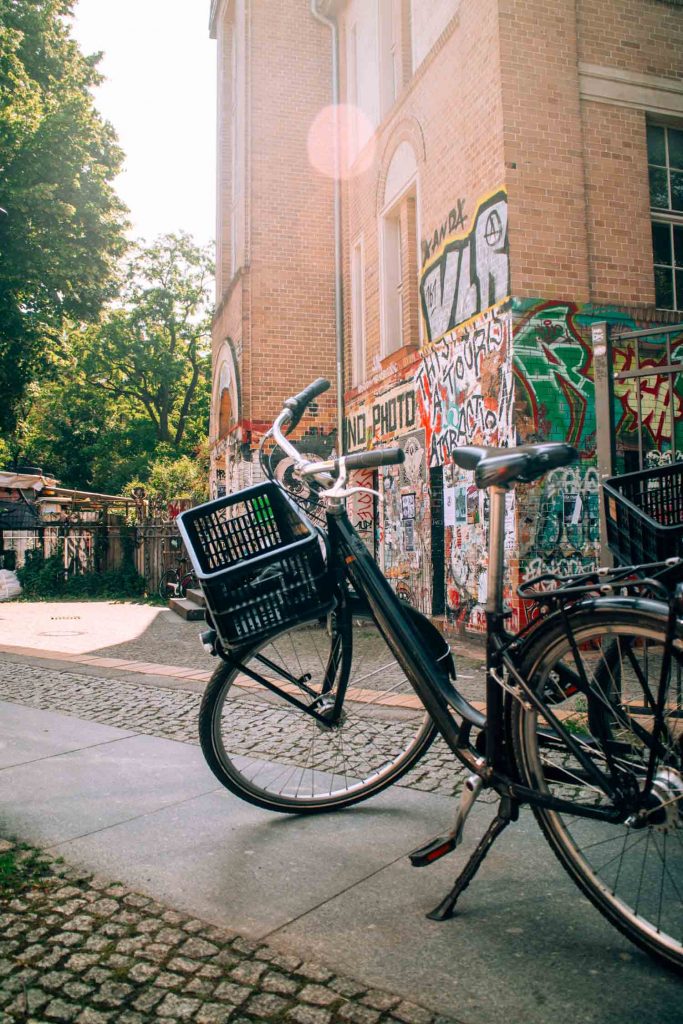
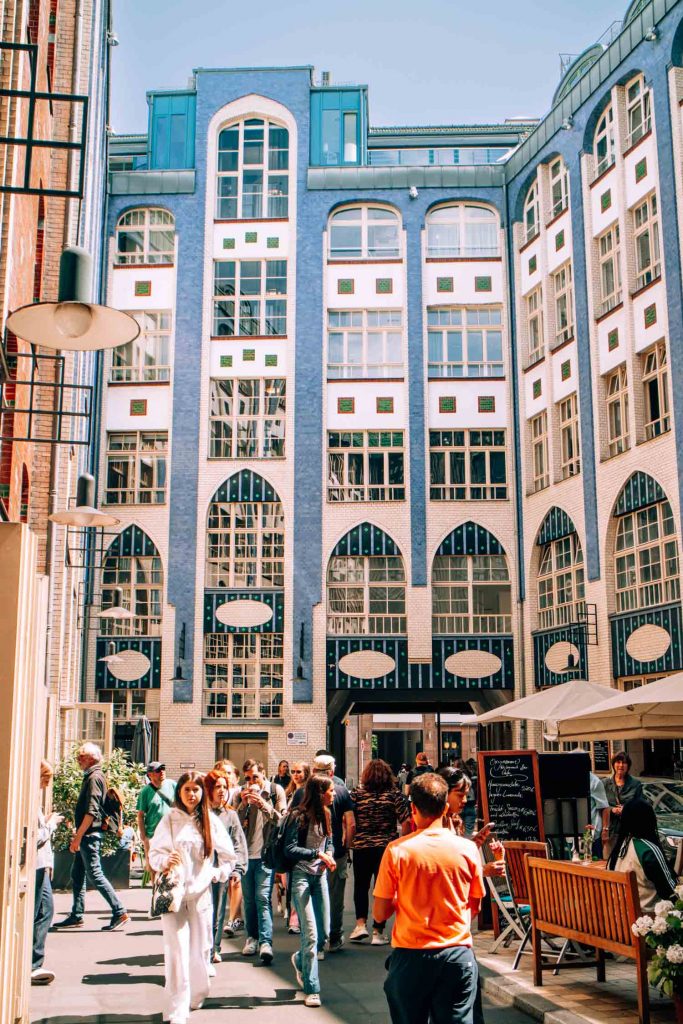
Getting to these Neighborhoods in Berlin
Train travel is easily my favorite way to get around. If you have extra time, consider taking a train to any city within Germany or even across the border to Prague. For those planning a more extensive European adventure, be sure to take a look at my Ultimate Interrail Guide, and visit Trainline for the best deals on tickets.
For travelers coming from farther away or who are short on time, flying is also a fantastic option, with many international flights arriving in Berlin daily. I recommend using Skyscanner to find the best rates—simply enter your dates to compare options. Once your transportation is set, it’s time to explore the top five neighborhoods in Berlin.
Prenzlauer Berg
Prenzlauer Berg is probably the most yuppy pick of the neighborhoods in Berlin – a group to which I now belong, and which is probably why this area was one of my favorites to visit. Despite its now hip bars, glamorous vintage designer stores and streets, only two-hundred years ago, the area’s landscape was that of woodlands and green pastures dotted with idyllic windmills.
Following the discovery of a well, things started to change for what was to become Prenzlauer Berg. Due to an ever-growing population during the height of the Industrial Revolution (a pivotal moment for most European cities), Berlin had big plans to expand. Prenzlauerberg was to be a neighborhood for workers, with social housing designed and built by renown architects. Most of these formidable buildings survived the Second World War and can still be admired today.
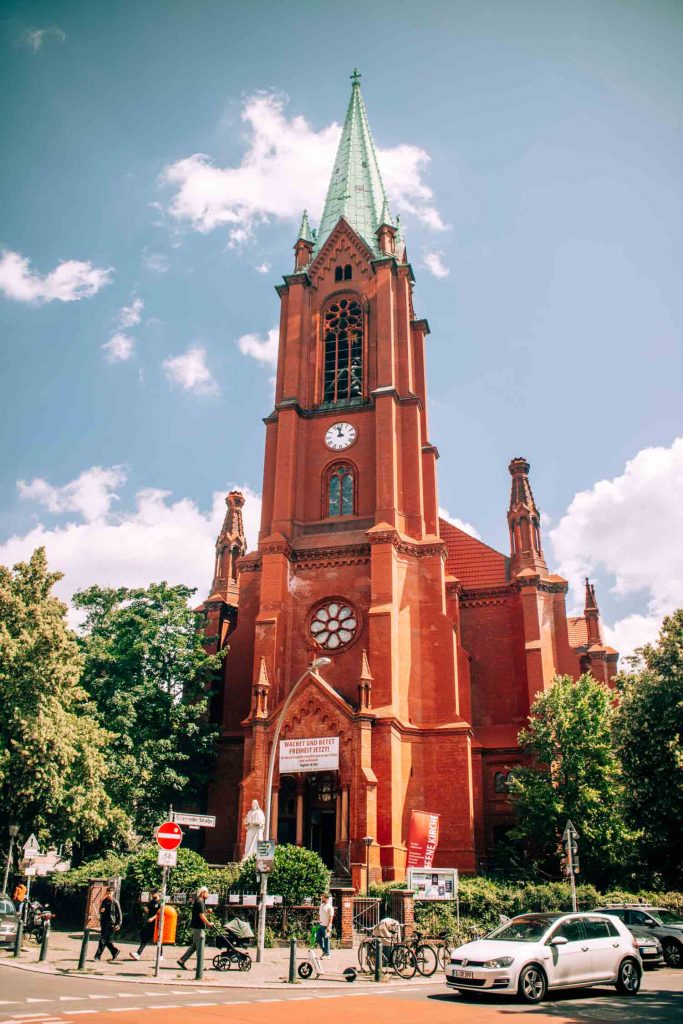
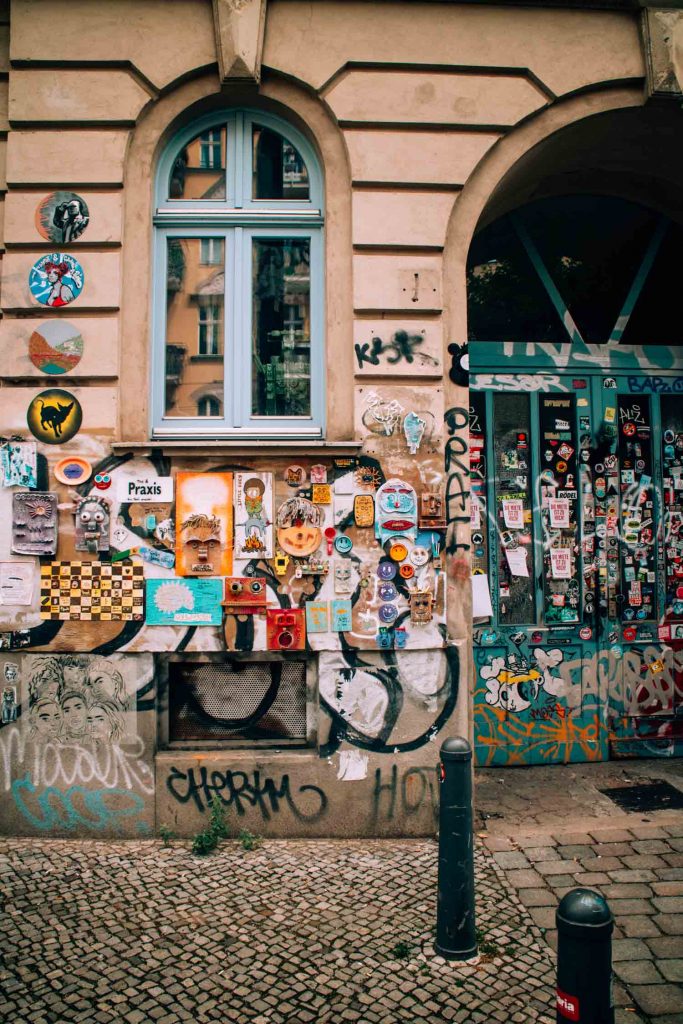
However, after Berlin was divided, the area came under the rule of the GDR and was heavily neglected. Despite, or maybe due to, this neglect, many activists, intellectuals, artists students and members of the LGBTQI*+ community started to nest here during the sixties. Lively bars, clubs, activist spaces and projects that sought a unified Berlin started to pop up like mushrooms. When this dream became reality, Prenzlauer Berg’s subcultural scene boomed, its social activist spirit thrived, and the place consequently became one of the hippest neighborhoods in Berlin.
Nevertheless, as with many socially thriving places, its predominant social housing made way for private ownership, which ultimately led to the area’s gentrification. Today the hippest of neighborhoods of Berlin is filled with wealthy young families who can afford the higher prices, and the economically less advantaged are forced to leave their homes. Still, the activist and anarchist spirit of the hippest neighborhood in Berlin can be felt in the fading wallpaper of its grungy bars and art works dotted around the streets and is therefore definitely worth a visit.
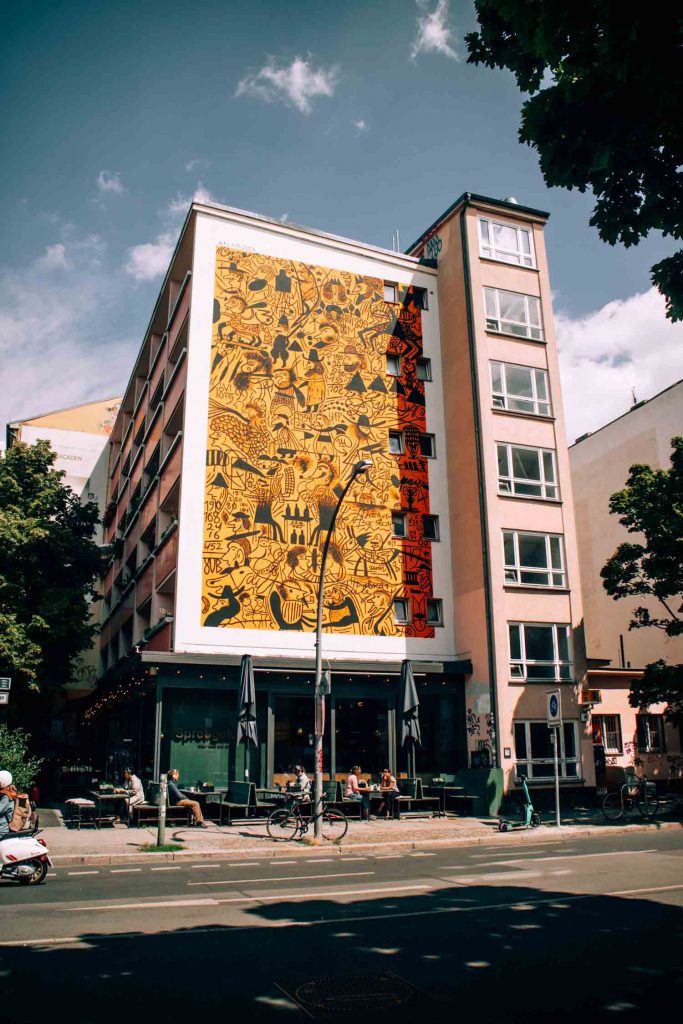
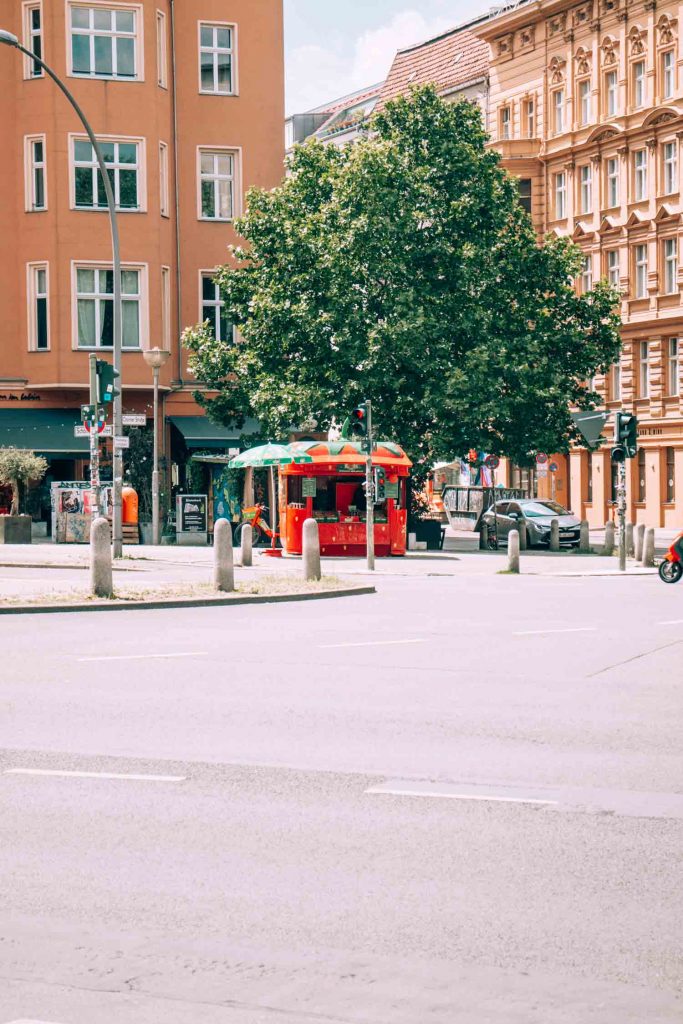
What To Do in Prenzlauer Berg
Prenzlauer Berg is filled with a wide array of hotspots, gluten free restaurants and bakeries, and vintage shopping. For the latter, make sure to check out Vintage revivals with its loft-like space and huge collection, or head over to my favorite: DEAR, a vintage designer store where I bought a dress from Faithful the Brand for at least half the price and saw so many great pieces by small and big brands alike.
Another hotspot that cannot be missed on your first (or even second trip) to Berlin, is Mauerpark. The park encompasses the former Death Strip between the two and eventually three walls, as the border was moved due to the location of a steep hill next to the wall. After the wall fell, locals repurposed the Death Strip space as a park where they planted diverse vegetation and trees. Now, Berliners still enjoy the fields to lounge with friends, play games with family, and even sing karaoke every Sunday! Make sure to check out this outdoor karaoke and maybe even sing a song when you get there.
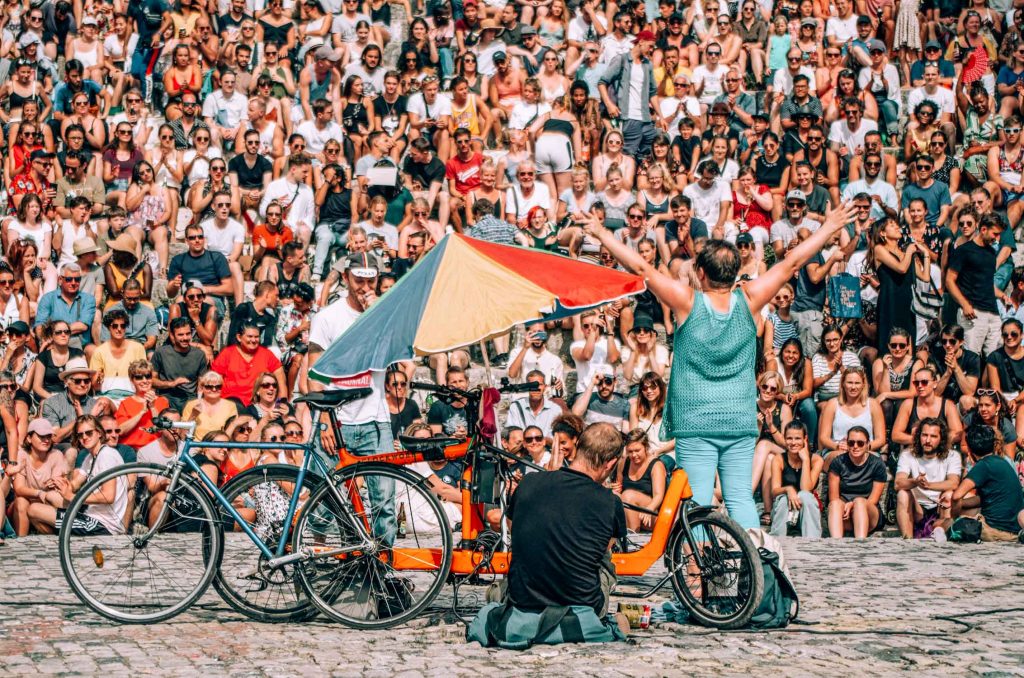
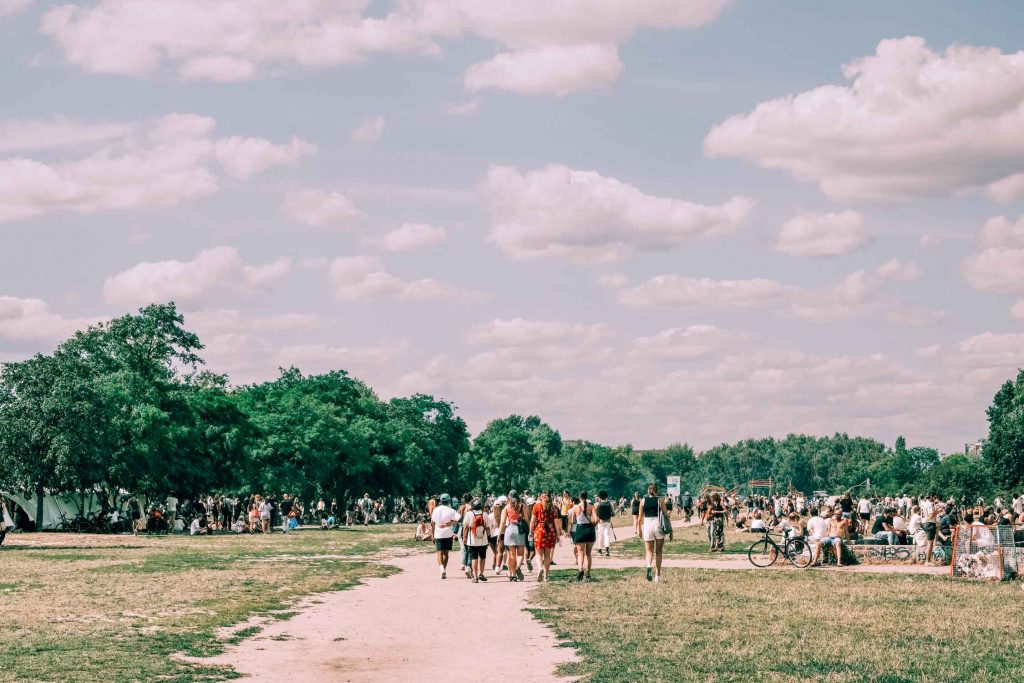
Another must-visit located in one of the best neighborhoods in Berlin is the Kulturbrauerei, a place I am sad to say I have not visited yet. As the name suggests, this massive complex is a cultural center that encompasses everything from a cinema to a dance school, theater, and much more. Besides showcasing some great bars and restaurants as well, the place also has an extensive event calendar with food truck festivals, club parties and ladies’ nights.
Prenzlauer Berg is also one of the best neighborhoods in Berlin for good food and coffee. We stopped for a jaw-dropping cappuccino at the minimalist Friedl and had gluten free breakfast at Napoljonska. There are many more gluten free restaurants and bakeries around the area, like Suzette Crêperie and Jute Bäckerei, which I have listed in my gluten free guide to Berlin.
Another part of the neighborhood’s, now invisible, past is its Jewish history. Having been a Jewish hub for decades, the Jewish quarter was erased during Nazi rule and made place for the most horrid city concentration camps, detention centers and other inhumane practices. Even though the bright Jewish spirit never fully returned to the area, it is incredibly interesting to go on a tour looking for it and learning about one of the most gruesome events in world history.
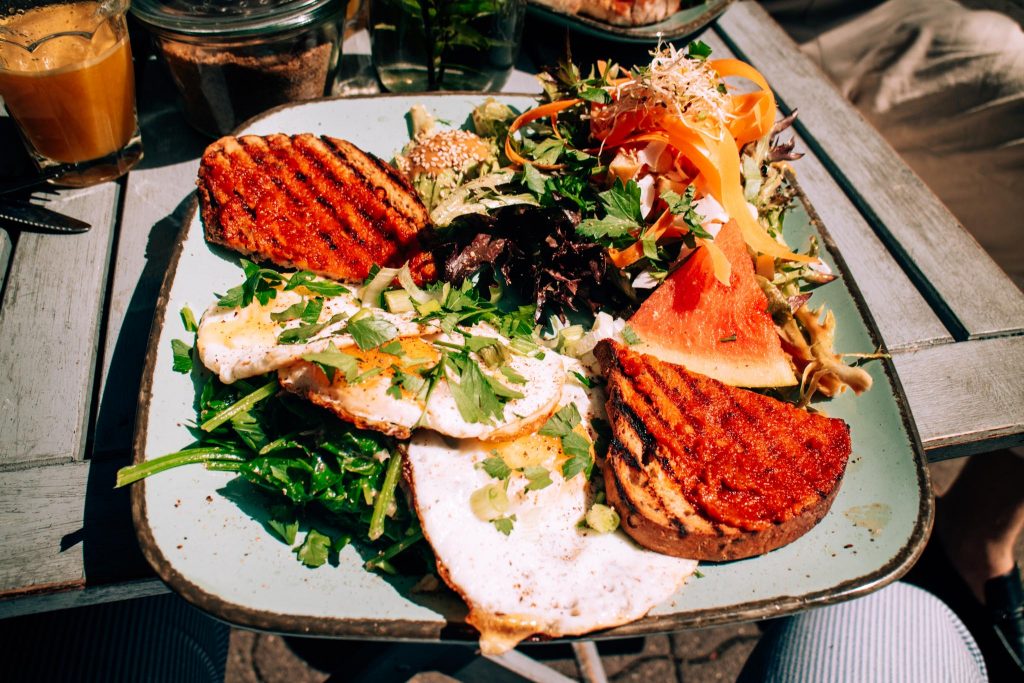
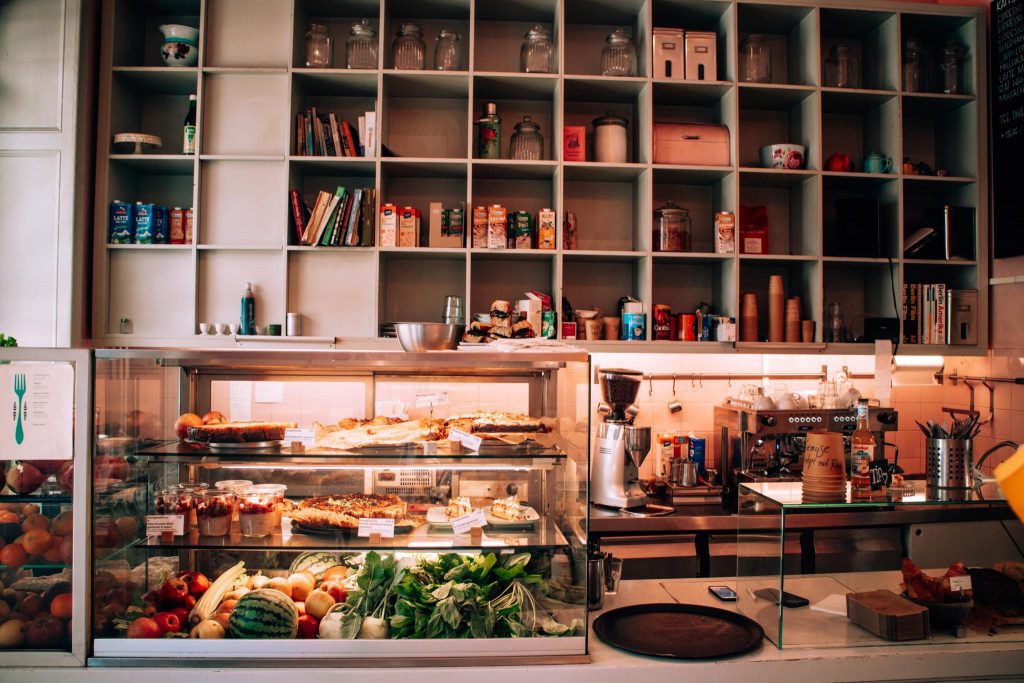
Kreuzberg
This neighborhood in Berlin in its current form as a borough has only existed since 1921 and was named after the cross on top of the hill in Viktoriapark which it shares its name with. All in all, it has quite a similar history to Prenzlauer Berg: it became part of Berlin during the Industrial Revolution, housing workers and industry, making for a richly populated area.
With a culturally diverse population and a rich Jewish culture up until the Second World War, it was mostly destroyed by the Nazi’s, during Kristallnacht and through air raids. Where Prenzlauer Berg became part of East Berlin, Kreuzberg was given to the Americans and thus West Berlin. While Kreuzberg is now an expensive area due to its central location, before the fall of the wall housing prices were low as it was located on the edge of Western part of Berlin.
Low rents meant this neighborhood in Berlin attracted lots of artists, students and immigrants, prompting an alternative cultural scene where squatters, well, squatted, punk rock boomed and breakdancers moved to a budding hip hop scene. Kreuzberg is also still considered the home to the largest LGBTQI*+ community in Berlin and was the first home of the Schwules Museum (Gay Museum) which is now located in Mitte.
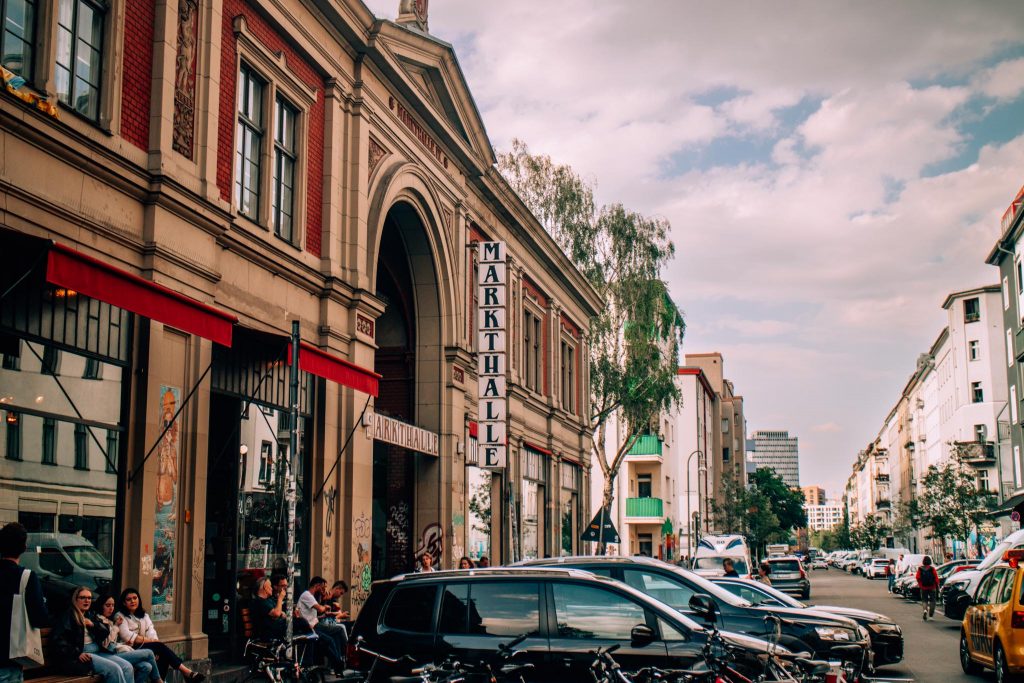
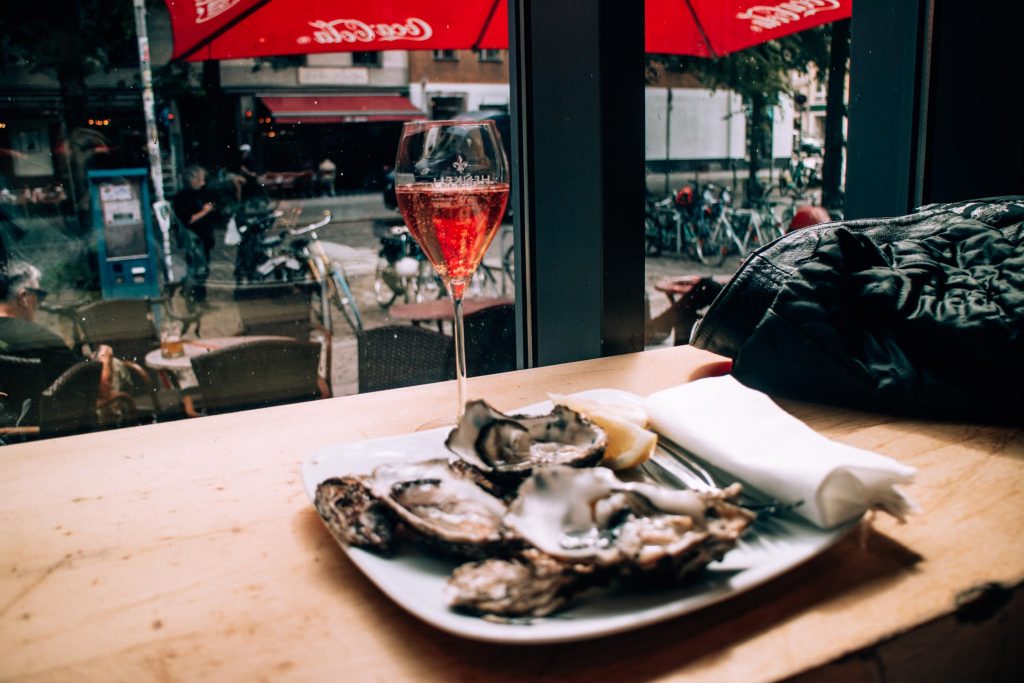
What to do in Kreuzberg
Probably the most well-known activity in Kreuzberg is a visit to Checkpoint Charlie, one of the nine checkpoints used to cross the wall. While incredibly crowded, the landmark is worth a one-time visit for those that have never seen it before. If you wish to learn more about its significance and the history of the city, you can consider visiting the Berlin Wall Museum right across the Checkpoint. You can buy a ticket here to skip the (extremely) long line.
Kreuzberg is also full of foodie hotspots. While I have linked them all in my gluten free Berlin guide, I have to name the Marheineke Markthalle and Markthalle Neun here as these should not be missed. The first has mostly grocery stands with little kitchens in the back, while the second is all street food, cheese and wine. With mirror balls hanging from the ceiling, Markthalle Neun will make for a great night out in one of the most diverse neighborhoods in Berlin.
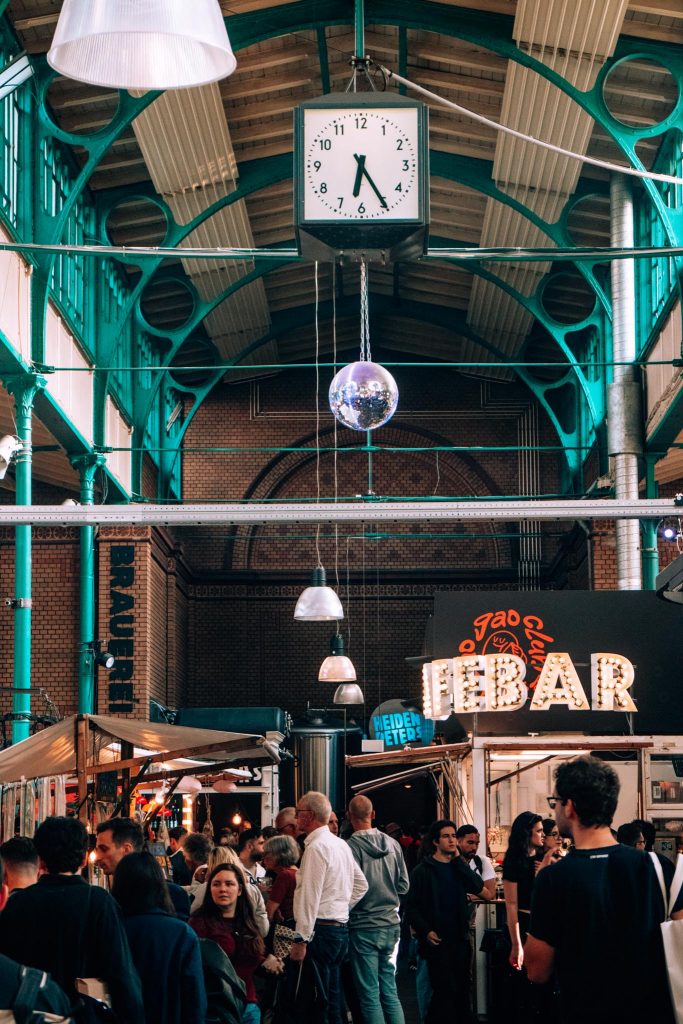
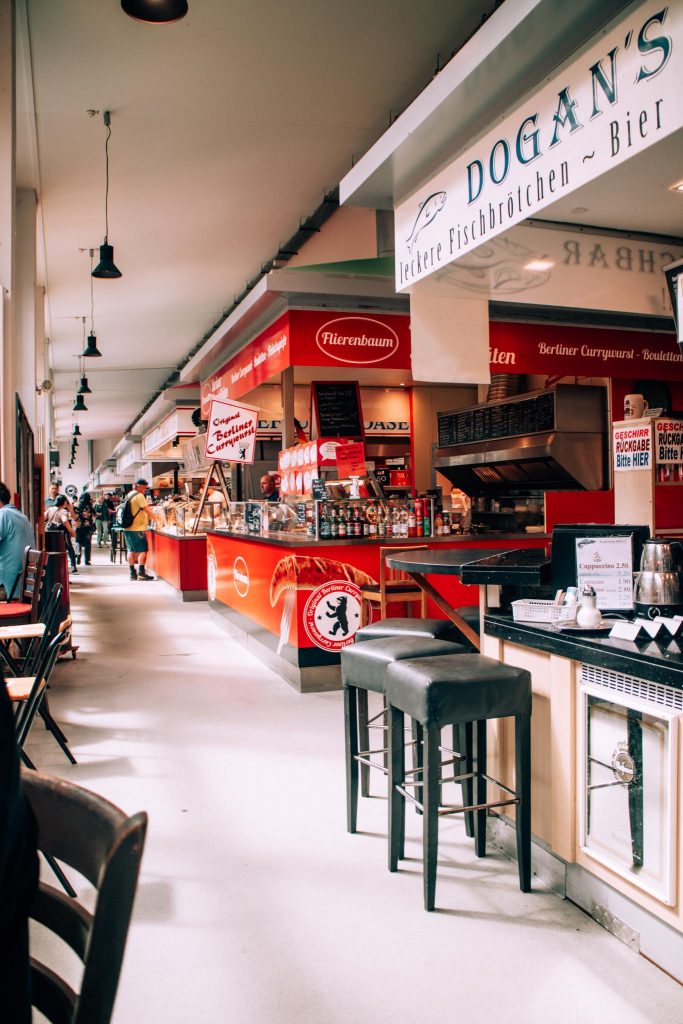
Want to see some art instead? The Berlinische Galerie is a must-see for all modern art lovers. I visited the place five years ago and was blown away by the collection. More of a cultural history buff? Kreuzberg is home to the Jewish Museum, dedicated to Jewish life in Germany. You can also find many interesting changing exhibitions all year round, so make sure to check this one out.
For those days you just want to chill in the sun, Kreuzberg has some great parks too. Its neighbor to the east is the Tempelhofer Feld, the old airport turned park, where you can walk or roller-skate on the runway and barbecue with friends in the grass. While Tempelhof has that dystopian feeling, Viktoriapark (where you can find the actual Kreuzberg) is much more magical with drooping willow trees and a waterfall running down the hill. Both make the perfect setting for a relaxed afternoon.
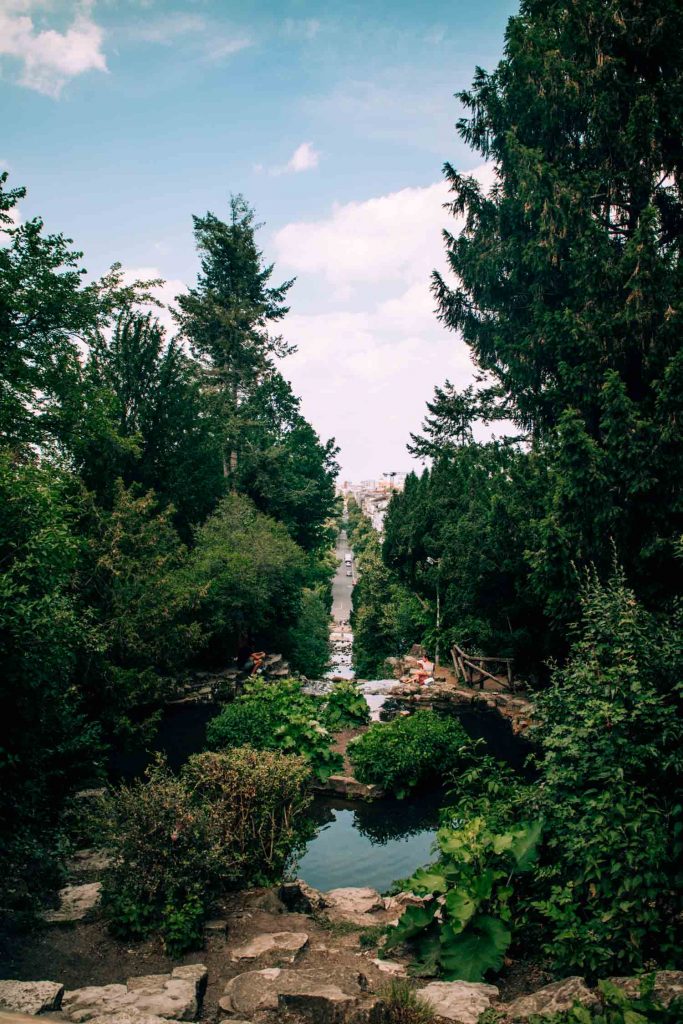
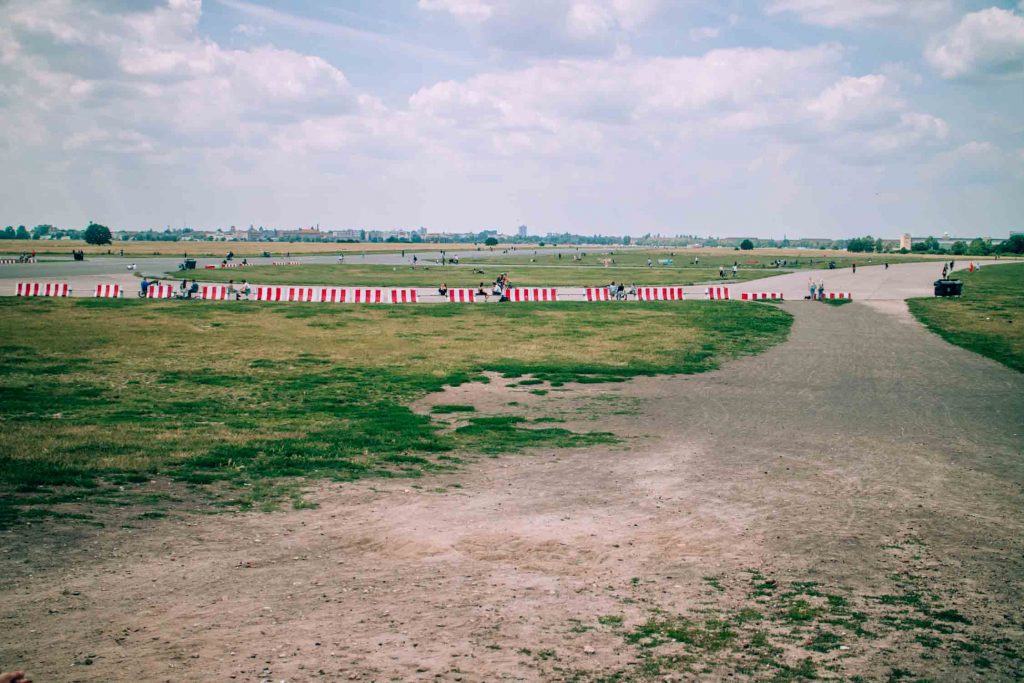
Charlottenburg
Not unlike other neighborhoods in Berlin, Charlottenburg was her own town from some time in the New Stone Age up until 1920, when it became part of Greater Berlin. As the area’s name might suggest, it used to be a home to royalty. The castle of Charlottenburg was given to the first queen of Prussia, Sophie Charlotte, and named after her when she died, too young.
While the king resided here from time to time, the town quickly became known as a hotspot for the bourgeoisie. With inns, theaters, concert halls and beer gardens, it was the place to be when you had the money to buy fun. At the end of the nineteenth century, Berlin’s elite decided they might as well move to Charlottenburg, and erected factories and warehouses in their wake. Needless to say: the population boomed.
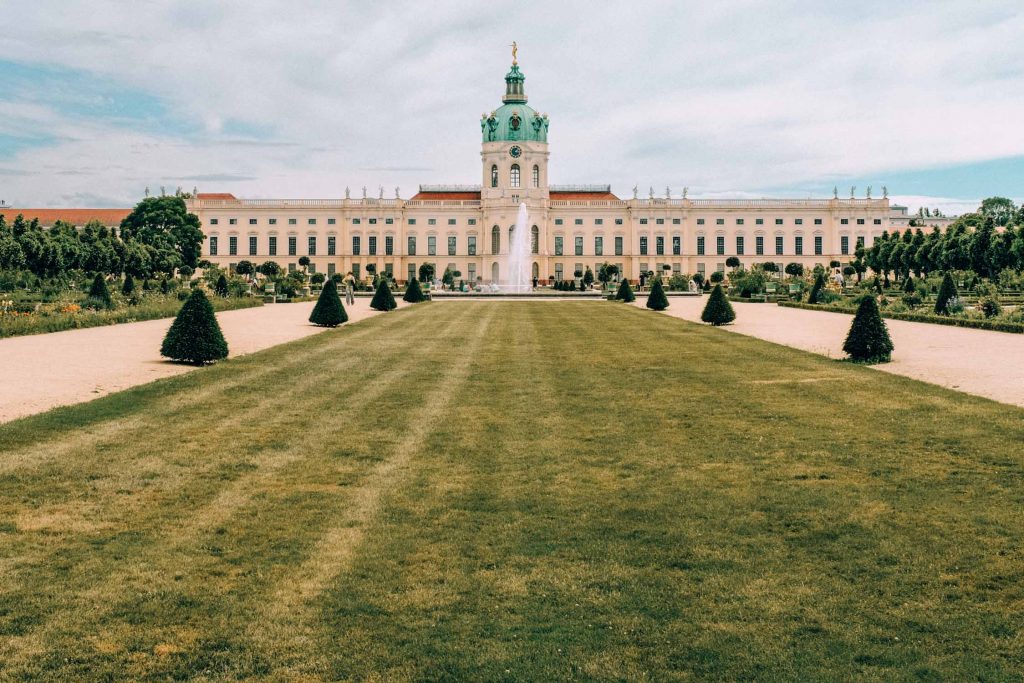
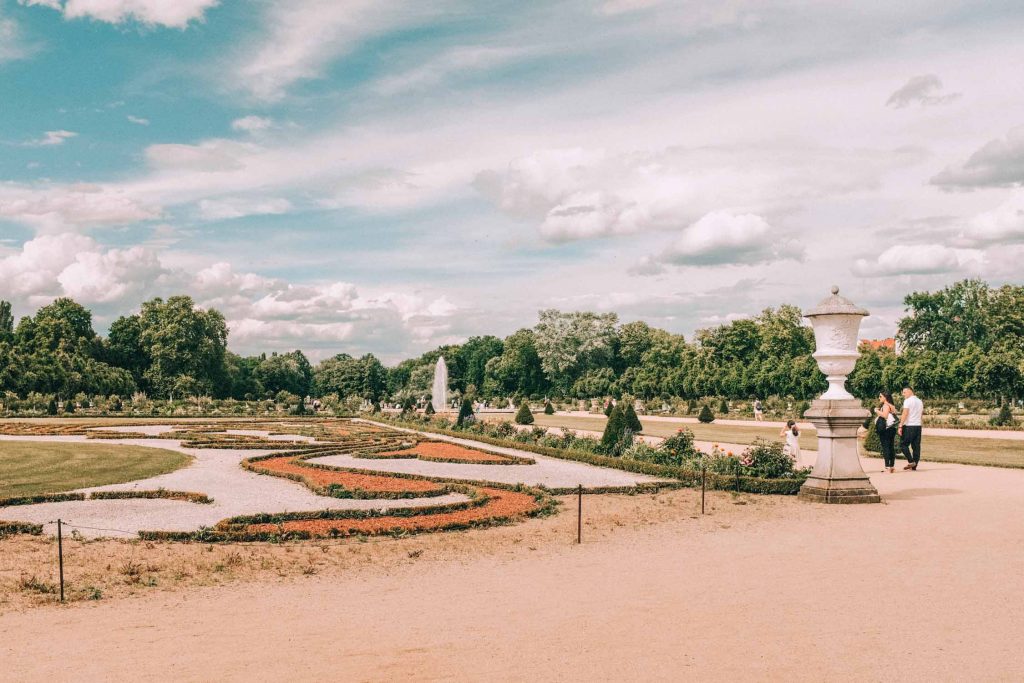
When Charlottenburg grew out of its seams and became a part of Berlin, it witnessed the founding of the KaDeWe: the Kaufhaus des Westens, the mall of Berlin. Besides great shopping, the roaring twenties were on full display at the many cafés, clubs and other night life establishments. While the Second World War put the partying to an abrupt end, after the war Charlottenburg became the commercial center of West Berlin under the British and a great place to drink a cocktail.
This also meant, however, that many demonstrations were held here relating to the Wall, but also other political events of the 1960s and beyond. Even though the neighborhood struggled to maintain the status it once had when the wall fell and Mitte became the historical center, Charlottenburg is still the place to go shopping in Berlin.
What to do in Charlottenburg
If you have read my previous posts on Berlin, you might know our first hotel in Berlin was a little disappointing. Being two very tall people, we barely fit into the bed, so we were forced to find different accommodation for our final two nights. This is how we discovered Charlottenburg.
Besides being the fanciest of neighborhoods in Berlin, Charlottenburg also has the best designer hotel. The Sir Savigny made sure we quickly forgot about our little stint with our previous hotel. Both the lobby and our hotel felt like they found their roots in the 1920s with little modern details. Think old-school light-switches, lots of shaded mirrors and gold finishes. The bed sheets were incredibly soft and the breakfast delicious. Our room even came with a Marshall-speaker! If you are still doubting where to stay in Berlin, do not look any further and book it now. Read my full review in my Berlin gluten free guide.
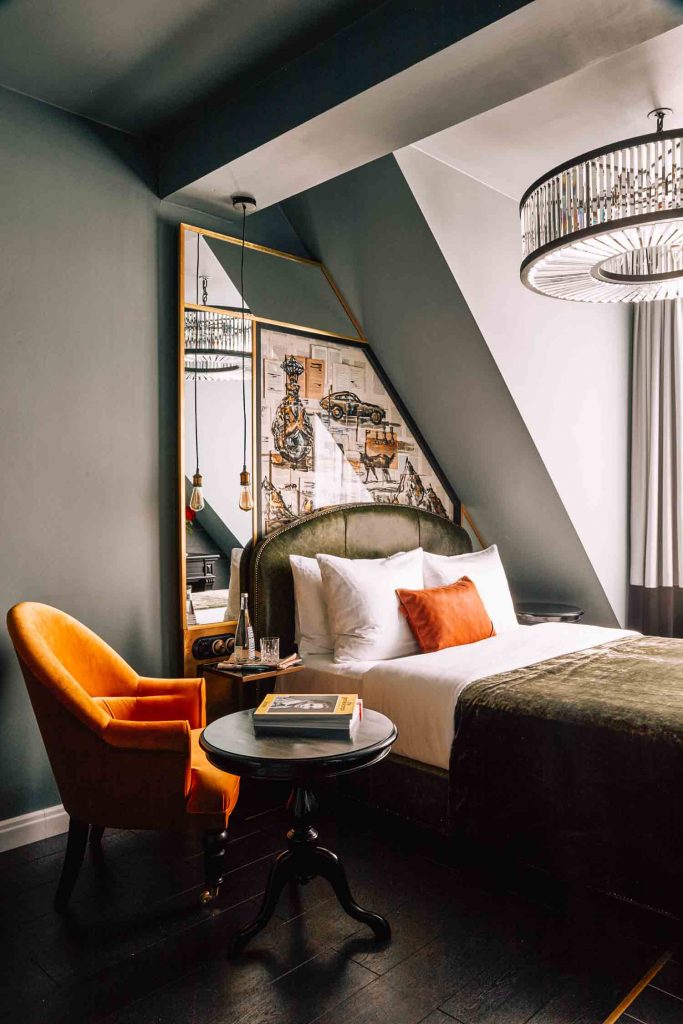
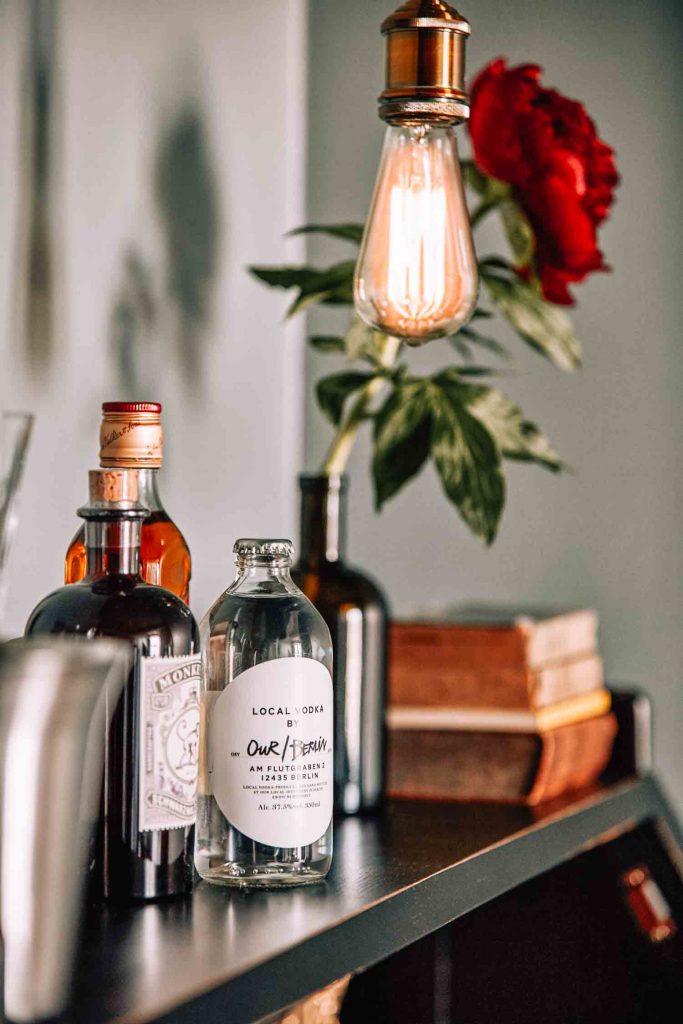
On walking distance from the hotel you will find Aera: one of the best gluten free bakeries I have ever visited. Although I still like these croissants more, their sourdough grilled cheese and cinnamon rolls were to die for. Airy, chewy and not too salty or sweet: everything was perfect. Add a well-designed display plus a patio to enjoy your new GF goodies and you have got yourself a wonderful lunch.
What we did not know when we visited Berlin this summer: Charlottenburg is home to a massive palace called Schloss Charlottenburg. I know… how could we have missed it? Just look at it! The summer residence of the first queen of Prussia is steeped in the rococo style and much of the art and porcelain she lovingly collected can be viewed daily. On a sunny day you can also walk through the gardens that come straight out of a royal fairytale. You can book your tickets here for any day of the week but Monday. We will definitely come back for this gem!
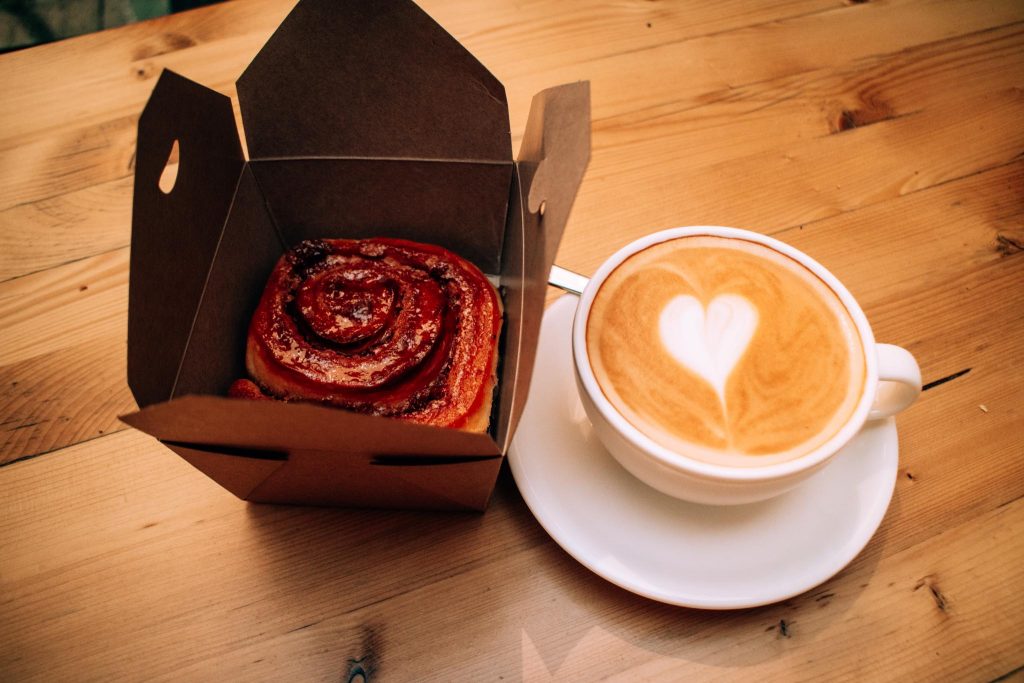
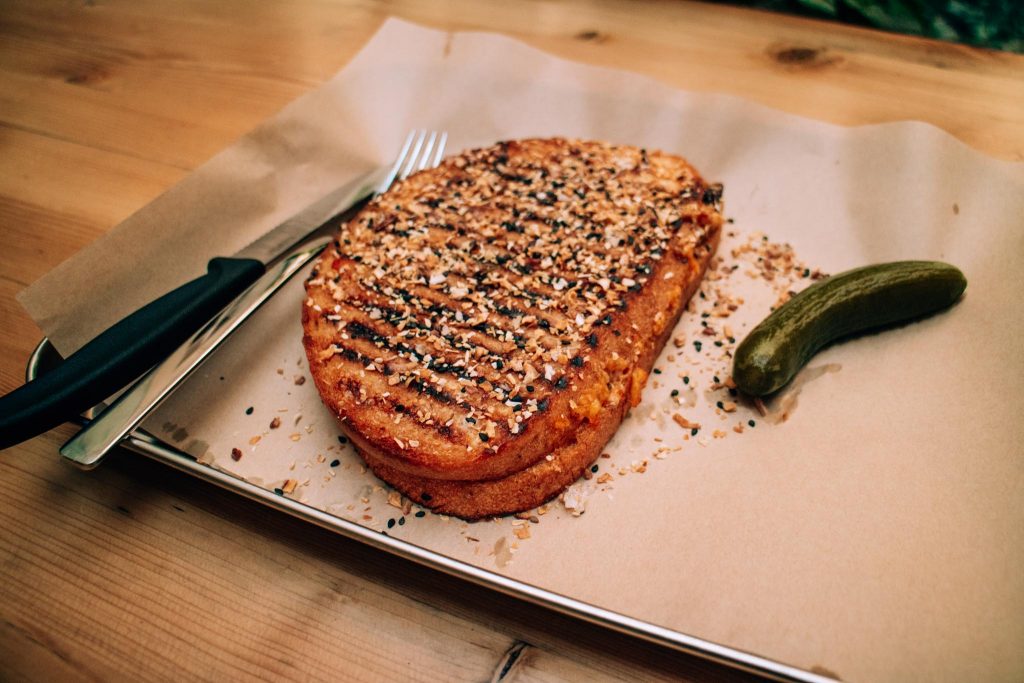
Like many neighborhoods in Berlin Charlottenburg is close to the Tiergarten, which you can read about in my guide to a summer in Berlin, and on your way there you will pass the Kaiser Wilhelm Church. This church’s architecture summarizes Berlin in one picture. It consists of the old church tower from 1895, which was bombed in 1943 by the Allied forces, and the new, very symmetrical modern church right next to it, which was finished and consecrated in 1961. The old tower is now a War Memorial and a symbol for Berlin’s perseverance after the war: definitely worth a visit when you find yourself in the city!
Last but not least, of all of the neighborhoods in Berlin, Charlottenburg is the place for a fancy shopping spree. With its wide allées lined with lush trees and neatly decorated shop windows, you will have a good time watching clothes and people. Although I cannot afford Dior, Chloé or Chanel, I always love looking at what the big brands think is trending this season.
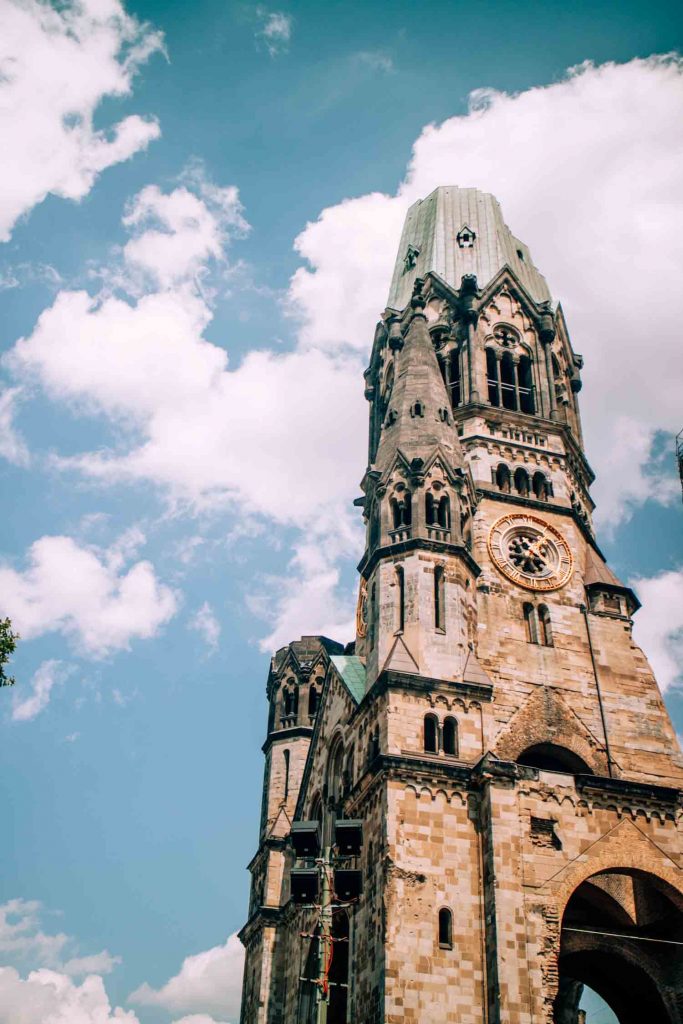
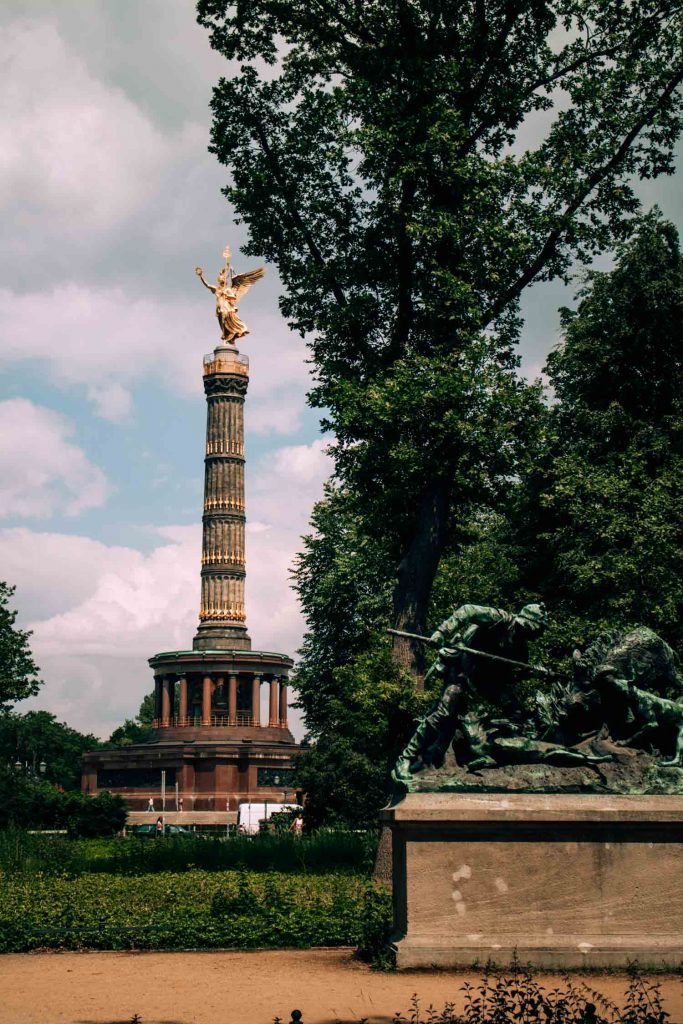
Friedrichshain
Technically, Kreuzberg and Friedrichshain are part of the same district, but after spending a considerable amount of time in both I figured they deserved their separate praise. You can probably guess the rough outlines of Friedrichshain’s history by now, so I will run you through it quickly: like many neighborhoods in Berlin, this area started out as a separate village but was incorporated into Greater Berlin once the Industrial Revolution caused a significant population boom.
Friedrichshain itself saw lots of manufacturers and other craftsman open its doors, and the Industrial nature of the area can still be seen in the architecture today. However, you will have to look closely to discover the authentic buildings of that time, as Friedrichshain was heavily damaged during the war, because it was Berlin’s industrial center.
Kreuzberg and Friedrichshain might now be part of the same district, but they used to be divided by the Wall. After the Second World War, Friedrichshain was rebuilt under Soviet rule: the gaps in between the former Industrial areas were quickly filled up with Stalinist architecture.
This collage of different styles and the remains of history make for a lively urban scene today: already under the Soviets, Friedrichshain was a cultural hotspot, with great nightlife and activist practices. After 1989, many squatters moved into the empty buildings and while most of them have been (often violently) removed, some occupied buildings can still be found today.
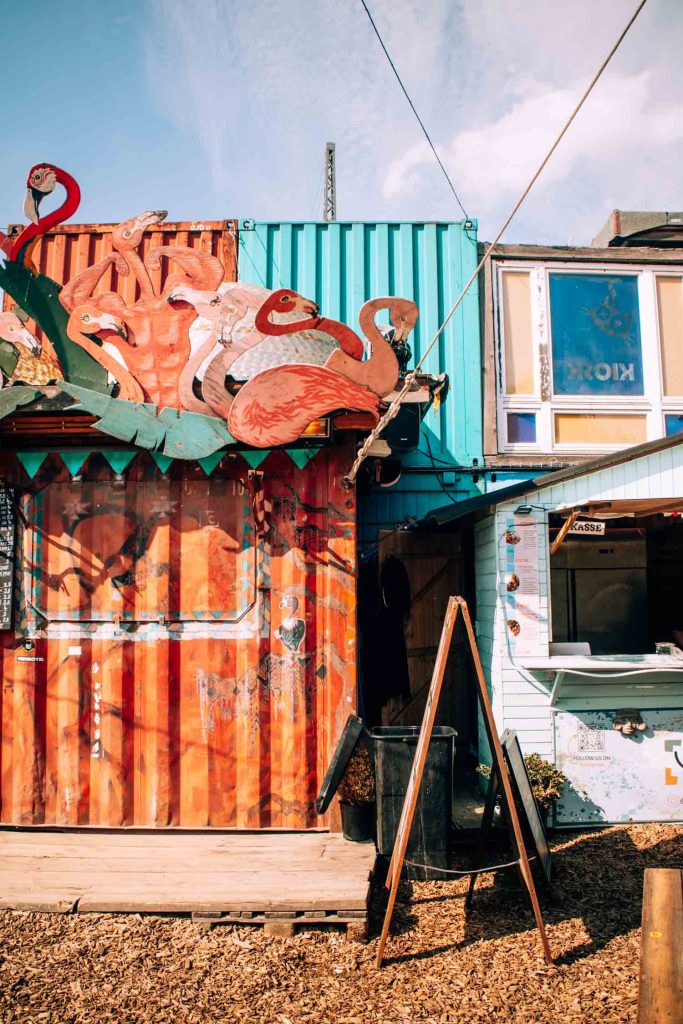

What to do in Friedrichshain
Of the neighborhoods in Berlin we visited, Friedrichshain takes the cake when it comes to buzzing night life and street art. My friend Isabel took us around, showing us the best bars, drinking a cocktail at each place. As it was such a fun evening, I did not write any of this down, so you will just have to believe me and go and explore for yourself!
Friedrichshain is also home to the famous East Side Gallery: the part of the Wall that has been left standing and is now covered in art by numerous artists. If you have never visited Berlin before, this sight is a must-see. Even after numerous visits I still enjoy seeing it. While it is totally free to look at, a guided tour can be a fun way to learn more about Berlin’s history and the artists that have contributed to the impressive murals.
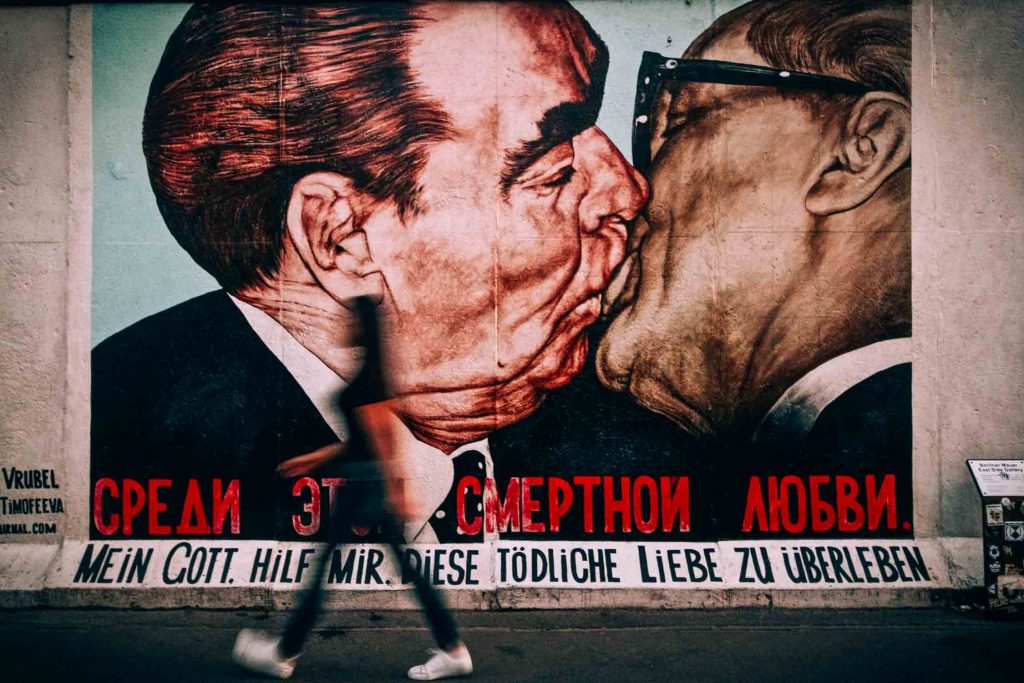
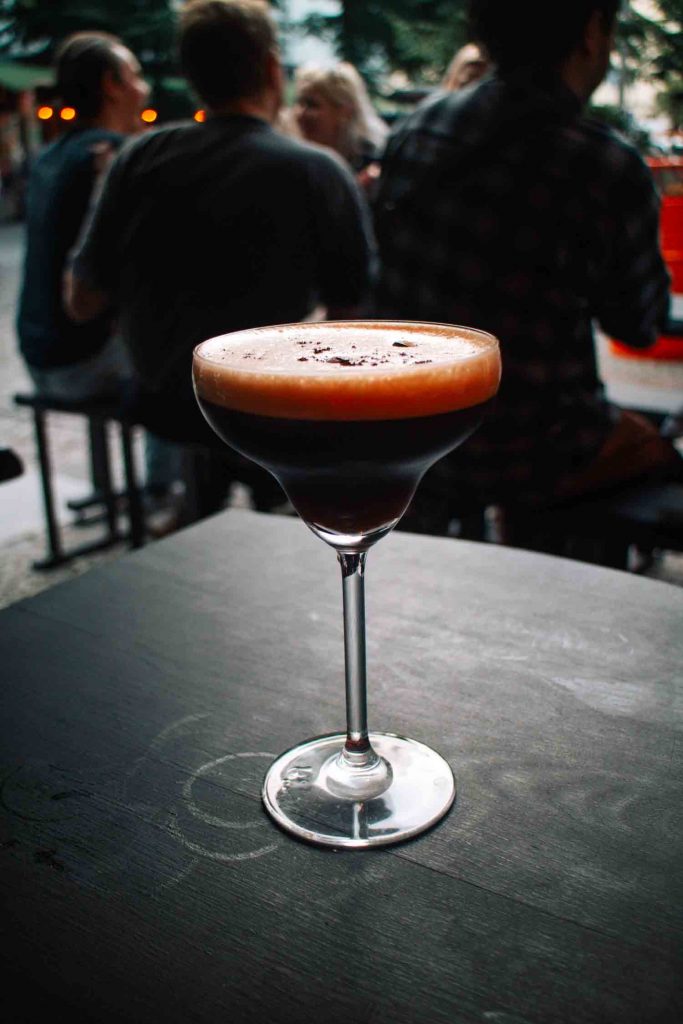
Last but not least: when in Friedrichshain you cannot miss the Holzmarkt! A cooperative cultural center located on the banks of the Spree, it has got so much to offer. Whether you want to get a glass of wine and sit by the water, dance at either a concert or DJ set, or buy some art, you can do it all here. Or just visit to look at the street art and extraordinary buildings made of old containers, art nouveau doors, stone arches and so much more: this eclectic place is a true hidden gem and thus cannot be skipped on your visit to Berlin! Read more about Holzmarkt here.
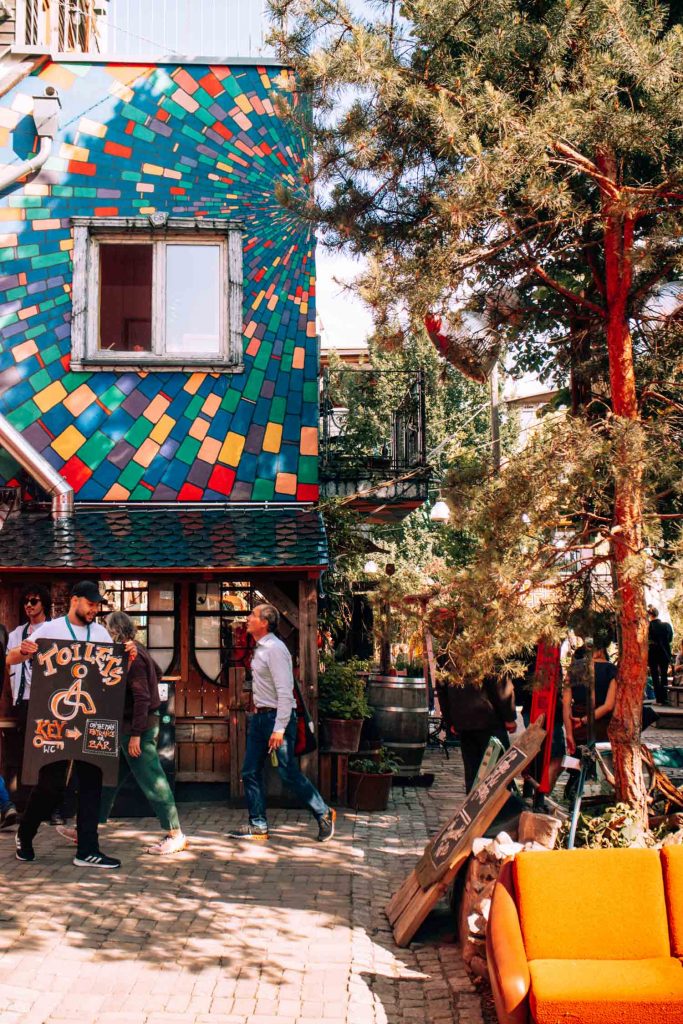
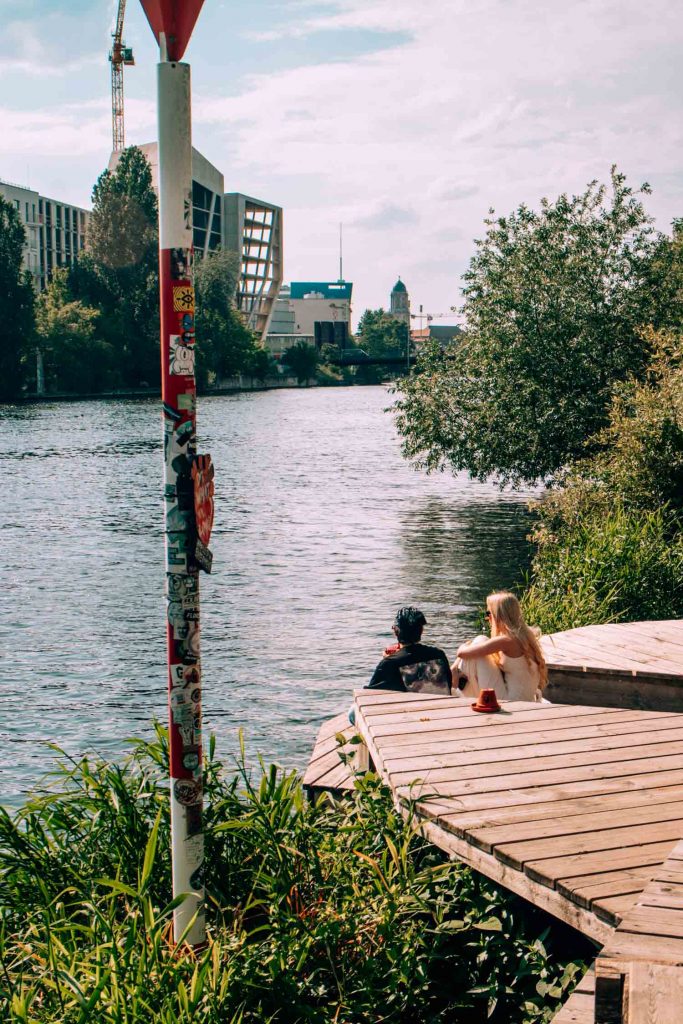
Mitte
Even though Berlin does not have city center like most European cities do because of its history, Mitte is the closest thing to it. It is the area where Berlin was born in the thirteenth century: you can still spot the medieval Nikolaikirche in the Nikolaiviertel (although only the base is still original). Thus, the entire history of Mitte corresponds with that of Berlin as a whole.
Berlin started as two settlements: Berlin (Nikolaiviertel) and Cölln on the Museum Island. The city steadily grew and what is now Mitte began to take shape. Its style used to resemble that of the Hanseatic Cities: a league that connected northern European cities in a trade route (fun fact, I grew up in one of those cities in the Netherlands). Although it lost its status when the Hohenzollern family started to rule the city, the city mainly grew in size and significance when it became the Prussian capital.
So, in the 1700s Berlin became the cultural and military center of Berlin, and under famous Frederick the Great, the Enlightenment prospered. The Great’s successor oversaw the built of the Brandenburger Tor, through which Napolean entered the city according to Charles Meynier’s painting. The occupation only lasted six years however, when Prussian troops were revitalized and joined the Russians in the fight against the French.
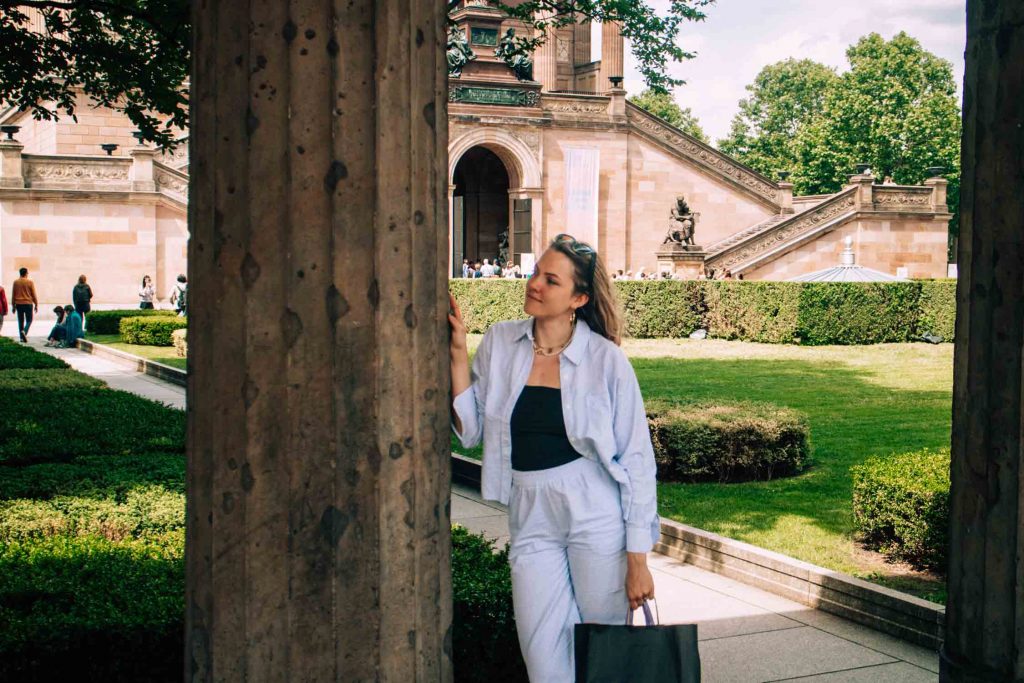
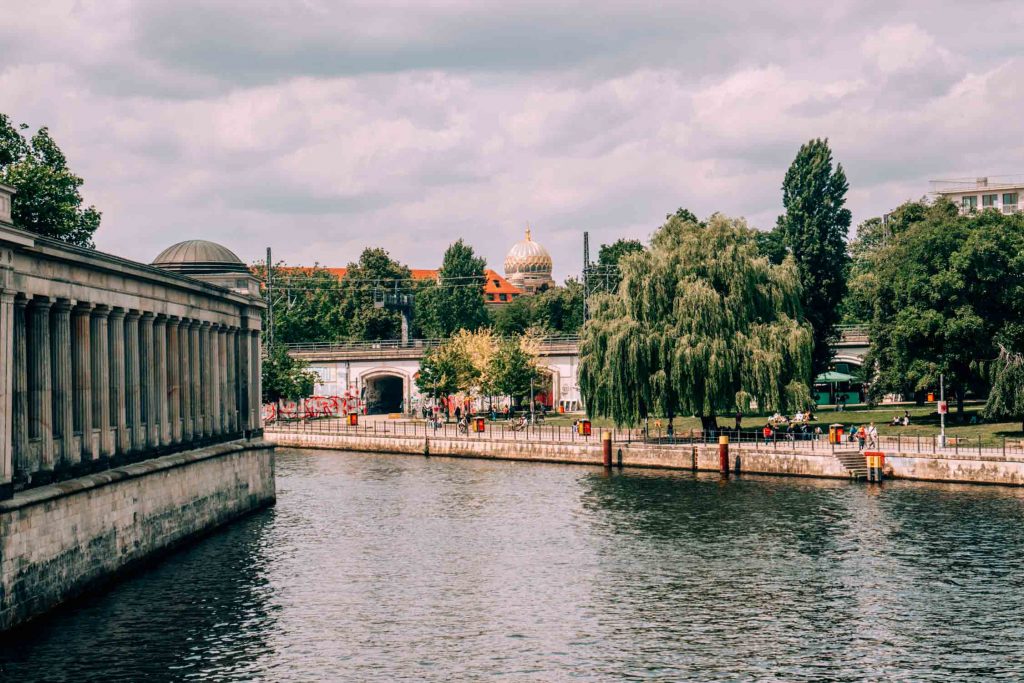
This marked the start of the German empire and the birth of the Reichstag, which is still a government building today. The elite, scholars and the rich started to flock the city, adding to Berlin’s prestige. The coming of the Industrial Revolution meant its lower-class population grew as well, often living in miniscule, unhygienic spaces. But by the end of the nineteenth century, Berlin had become one of the most modern cities in Europe at the time. Think of proper plumbing and ventilation, but also the built of the U-bahn, many museums (including those on the Spreeinsel) and music theaters.
However, this wealth was followed by years of war, economic crises and fascism, with the First World War, the Great Depression and the Second World War taking over the first half of the twentieth century. The last war left most of Mitte in ruins, a little over fifty percent to be exact. Most historically significant buildings, like the Reichstag, have been rebuilt after the war and can be admired.
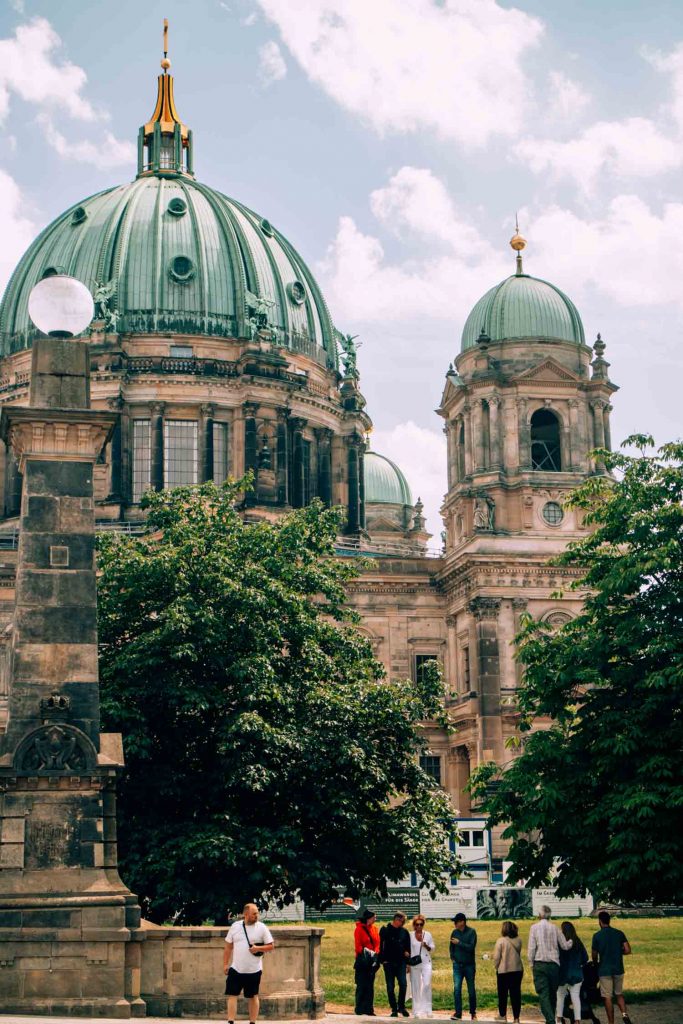
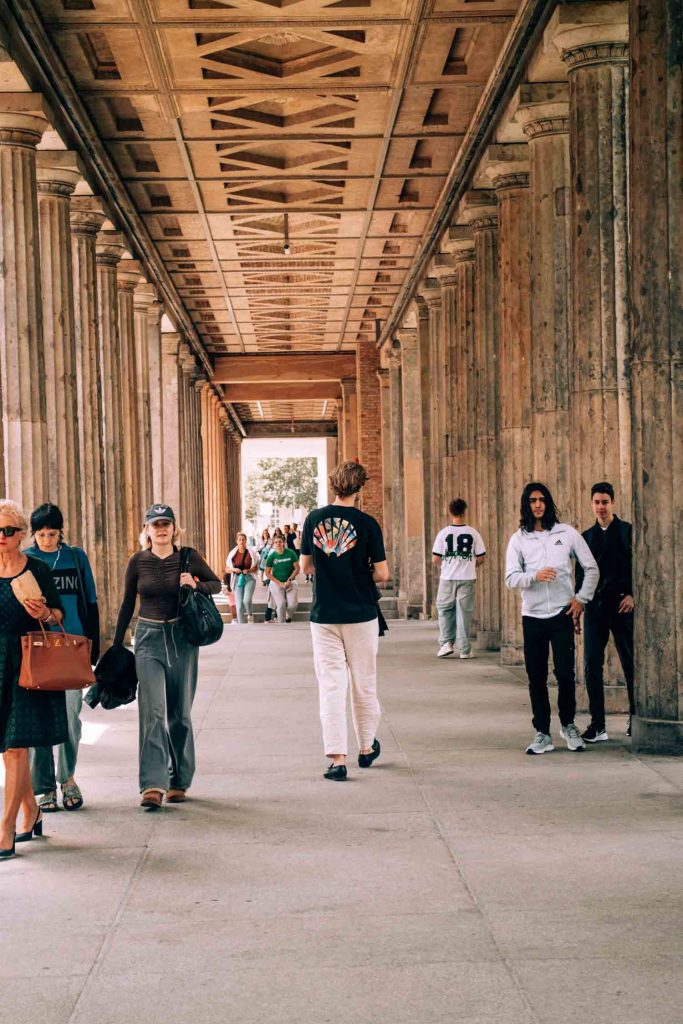
When the war ended and the Cold War commenced Berlin was divided into two sections: East under Soviet rule and West under French, American and British rule. Mitte was largely part of East Berlin, where it became a district on the city’s periphery instead of its center like it had been for centuries.
But, after the wall fell in 1989 and Berlin and Germany became one again in 1990, Berlin became the capital of the country once more. While Mitte technically is still at its center, a visit to Berlin will reveal that the city has multiple beating hearts due to its tumultuous history. We might never know what it feels like to walk through the Berlin of old, but despite the dark history that took place here, human resilience has created something truly authentic and beautiful.
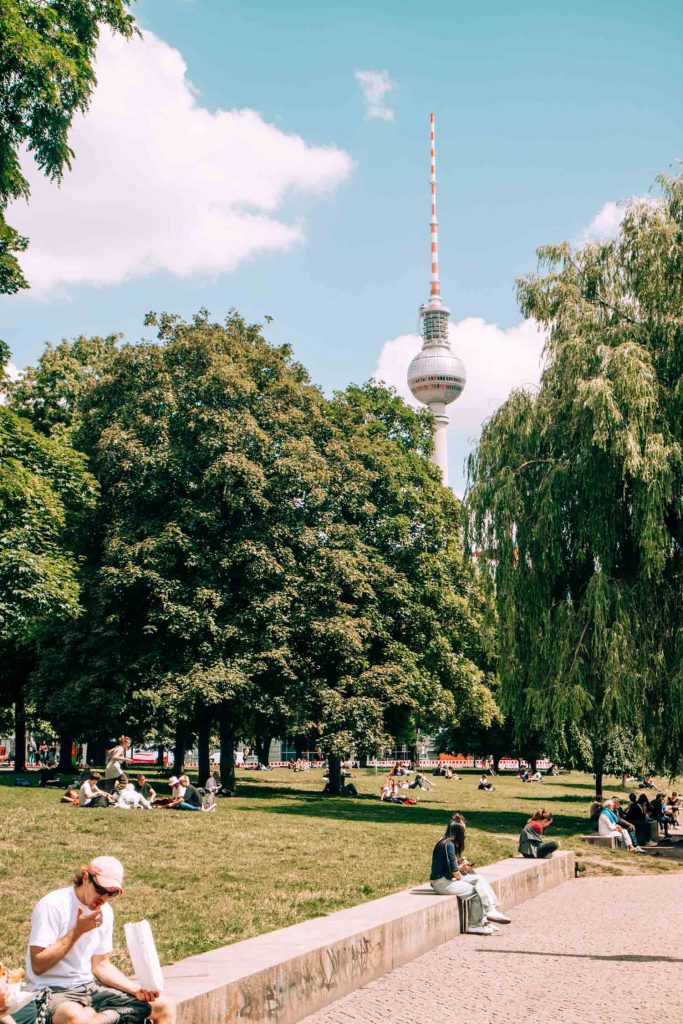
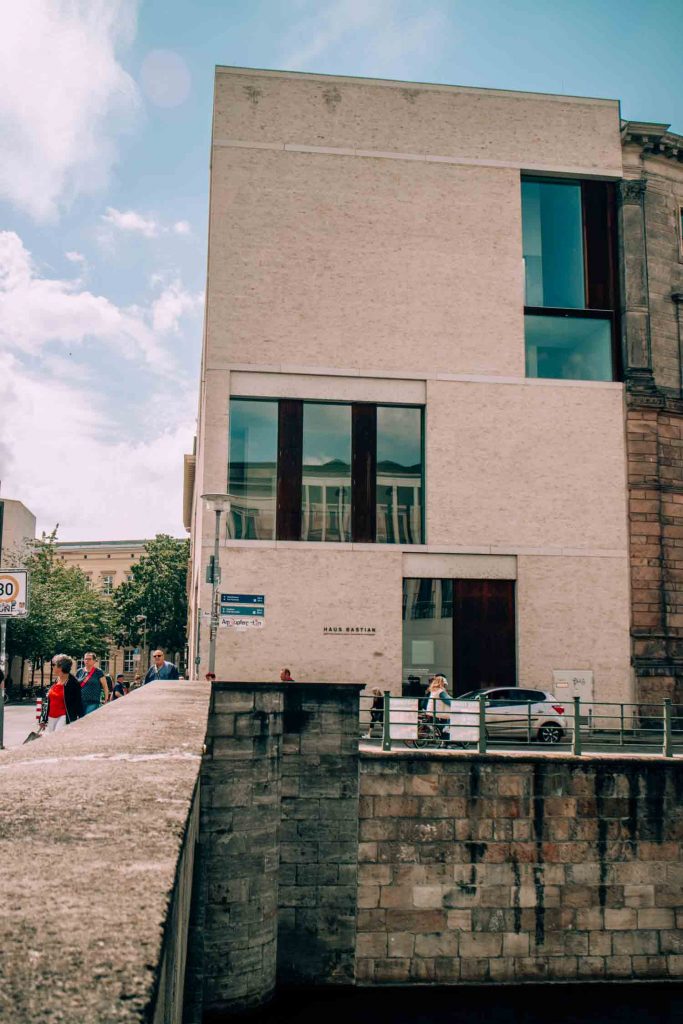
What to do in Mitte
Of all the neighborhoods in Berlin, Mitte is home to most of the famous sights. You can fill an entire afternoon just wandering around the historical buildings of the Spree Insel and their respective museums, the Brandenburger Tor, the Alexanderplatz with the extraterrestrial looking Fernsehturm, and the impressive Berliner Dom. Potsdamer Platz and the Holocaust Monument can also not be missed when on a historical city tour. You can do it all on your own, or you can ask a guide for help deciphering all the hints of the past.
When checking out the highlights you should definitely not miss a trip to the Tiergarten. You could even decide to cycle all the way through the forests and fields and visit Charlottenburg while you are at it. Check out what to do in the Tiergarten in my post on what to do in Berlin in summer.
Last but not least: Vietnamese food! All of the neighborhoods in Berlin have plenty of Vietnamese places selling incredible classics like pho and green papaya salad. Which is exactly what we had at Pho Co in Mitte. Want to know more about the food at one of my favorite restaurants in Berlin and why there is so much Vietnamese food? Then hop over to my gluten free guide to Berlin.
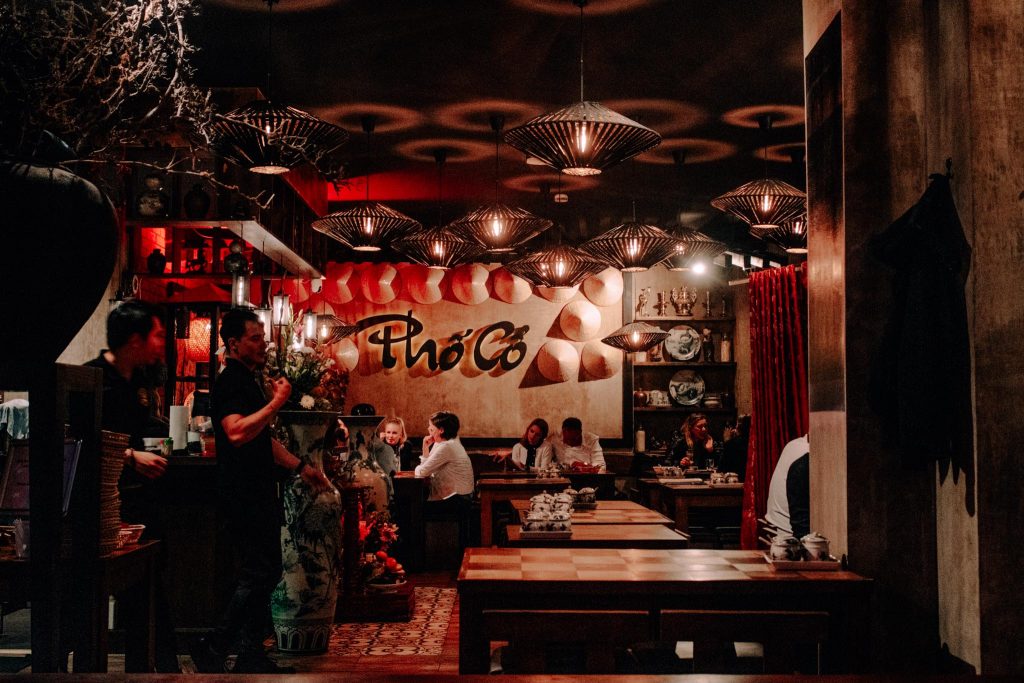
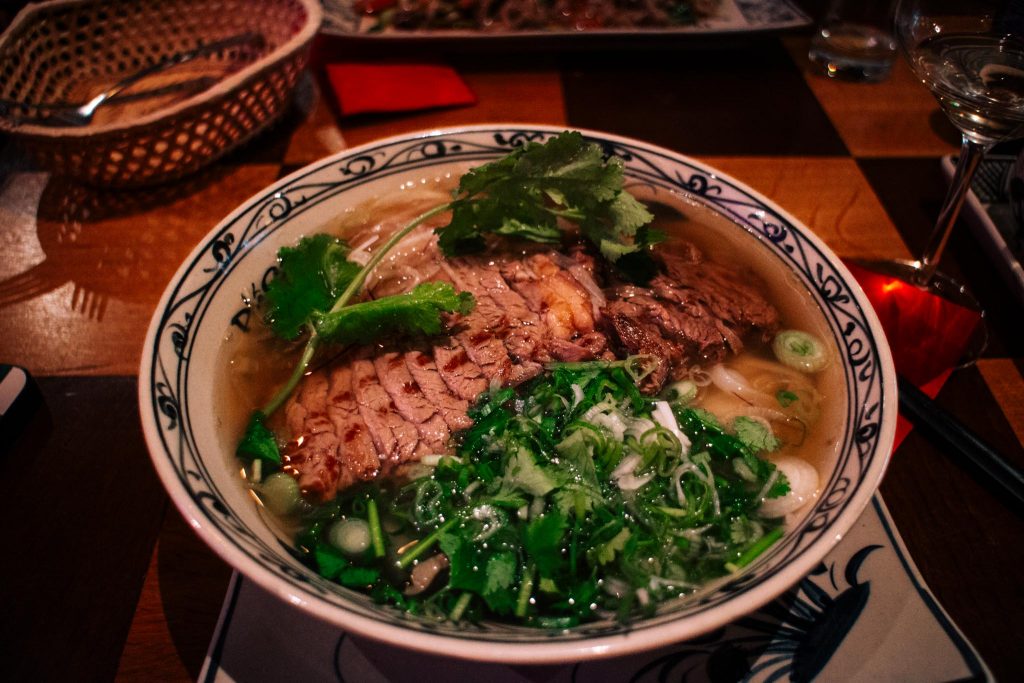
Final thoughts
There is so much to see and do in Berlin: after visiting the city four times I am still not bored of it and will keep returning until I do. My favorite neighborhood in Berlin this time around was definitely Friedrichshain, as it very much surprised me! Who knew that bar culture would be so alive here? Or it was just amazing to reconnect with an old friend here, either way: I think this is the number one hidden gem you should not skip.
Of course, Berlin is so much bigger than these five neighborhoods and there is therefore much more to discover. So, what is your favorite part of Berlin and what do you think should be added to the list? Leave a reply in the comments to let me know! In the meantime, be prepared to see this blog fill up with many more adventures in Italy, Corsica and Indonesia the coming months. If you do not want to miss these posts, you can sign up to my newsletter here, or follow me on Instagram. See you next week!




